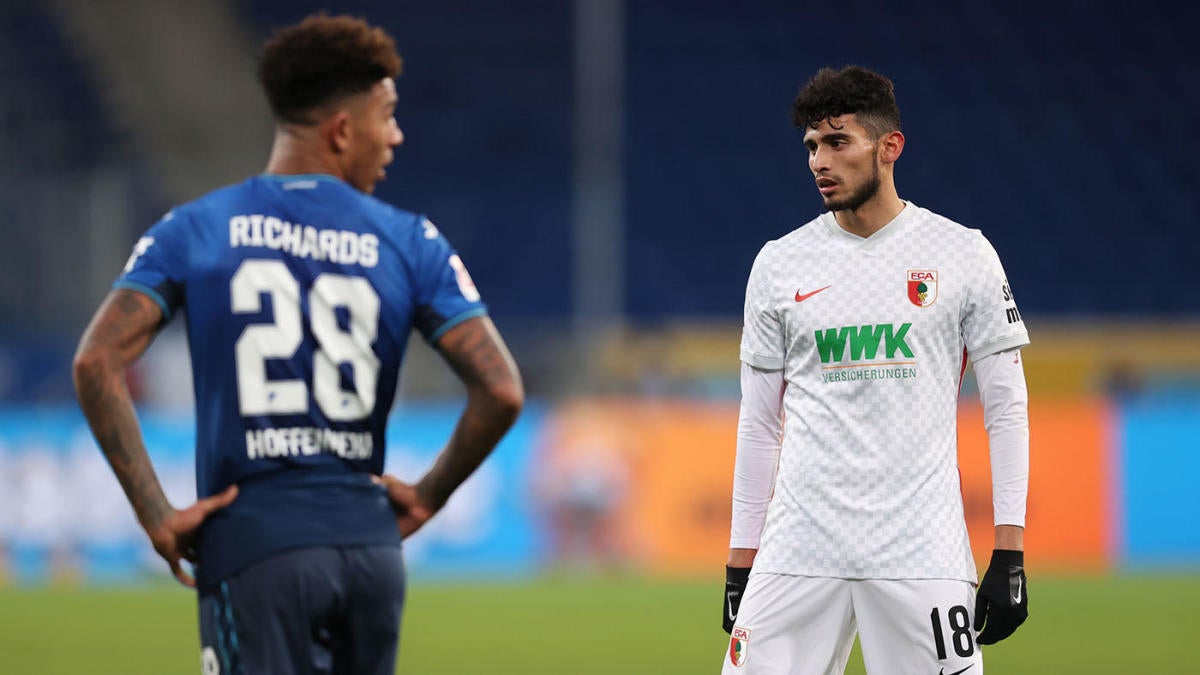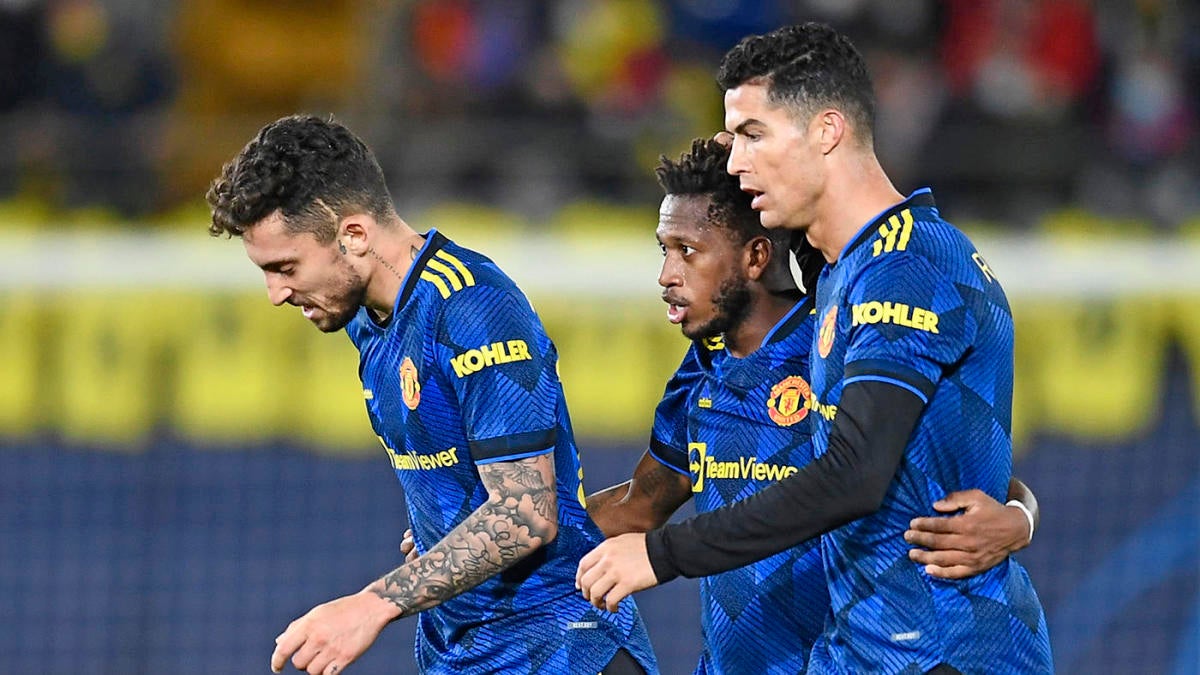MLS: How rule changes like the U22 Initiative encourage Major League Soccer to develop young talent
Written by ABC AUDIO ALL RIGHTS RESERVED on January 21, 2022

Major League Soccer is a league that is trying to figure out where it sits on the global stage. In 2015 commissioner Don Garber said, “I do believe in 10 years’ time or less, people will think of us like Serie A, La Liga, and hopefully the way they think about the Premier League. If we continue to do things right and stay to our plan.” With three years left on that timeline, while MLS isn’t in the same breath as the big five European Leagues, but it is getting closer.
Per Transfermarkt, the average transfer market value of teams in the league is $37.7 million. At the high end, that tops out at $78.4 million for Atlanta United — a number that will likely be beaten by Toronto FC when Lorenzo Insigne joins this summer — and bottoms out at $17.57 million with the Chicago Fire. On the whole that’s a respectable value for players currently on rosters.
This number is higher than the $22.3 million value of the 2. Bundesliga but lower than the $52.1 million dollar value of Championship teams. These leagues are good benchmarks because to surpass the best first division leagues in the world, MLS must surpass the best second division leagues in the world and the league is speeding down the road to doing that at an increasingly rapid pace.
Where is MLS’s growth coming from?
Part of what’s happening is MLS is coming into its own as a potential path to playing in Europe. Most players end up in MLS in one of three ways:
- The Ricardo Pepi or Alphonso Davies route: Get scouted and either drafted out of college or signed to a Homegrown Player contract
- The Miguel Almiron route: Move from a South American league to MLS, possibly en route to getting a European move
- The Carlos Gruezo route: Struggle in Europe, come to MLS, and then move back to Europe with your reputation restored
There are of course tons of players who don’t fit precisely into these buckets, and MLS lifers are important to the survival of the league, but it’s the combination of those factor that are helping MLS shed the retirement league nickname.
Specifically because of this focus, MLS has been able to capitalize on much of the talent which is blossoming in the league. Despite a COVID stricken transfer market, 12 of the top 25 outgoing sales in MLS history have taken place since the 2020-21 season. This is only taking into account official fees paid and not add-ons or undisclosed fees, so the actual numbers could be even higher than they officially appear. MLS teams aren’t sitting on that money either as six of the top 25 incoming buys by fees paid have also happened in the same time frame.
With FC Dallas linked to a big swoop for Alan Velasco, as teams look to find the next member of the Almiron route, more money will also be spent on incoming transfers so expect that number to rise as well. And this doesn’t include transfers like Insigne, who is technically arriving on a free transfer as a free agent. Those moves should also be taken into account when looking at the rising stature of the league.
Then there’s the U22 initiative which began before the 2021 season after being negotiated as part of the 2020 collective bargaining agreement. That initiative has been instrumental in allowing more moves of young players from South America and elsewhere.
What is the U22 ‘young money’ initiative and how has it helped create more paths to Europe for MLS players?
The financial rules of MLS are a byzantine labyrinth and the “young money” initiative is no exception. Up to three players per team can receive the U22 initiative tag while making up to the MLS budget max salary (starting at $612,500 in 2021 and rising each season). There is also no limit to how much can be spent to acquire these players. Previously these U22 initiative players would have been formally listed as TAM players, meaning they were acquired with Targeted Allocation Money which could only be used on players making between $612,500 and $1,612,500. Anything above that would have to be a Designated Player.
After receiving the label players keep the designation until turning 25, and during that time they only carry a salary cap hit between $150,000 and $200,000. In other words, the rule creates a carve-out which allows teams to pay young players a max salary while taking a salary cap hit that’s between a third and a quarter of the value of the contract. It’s a good way to incentivize player development while also making it easier to field a competitive team within MLS roster restrictions. This makes MLS an attractive destination for more young players who can earn more money than they might have before while still intending to ultimately make the jump to Europe. Now MLS can compete with many more European leagues for young players salaries and consequently more young players can spend their developmental time in America before making a jump to the handful of leagues that pay sky-high wages.
And when the league becomes seen as a route to Europe, eventually the quality within the league grows competitive enough that it is seen as a competitive alternative to those European leagues. The new focus on youth development makes sense and, in fact, most of the top sales of players out of the league lately have been homegrown players as academies around the league are beginning to bear fruit. FC Dallas, New York City, New York Red Bulls, and the Philadelphia Union are great examples of academies that are churning out European ready prospects. Sporting Kansas City and the New England Revolution have had big sales on homegrown players with the Colorado Rapids and Atlanta United likely to follow in the near future.
The cost effectiveness of developing homegrown players has made them plentiful in the league and the average age of players in MLS has fallen to 25 years old. The New York Red Bulls used the youngest team last season at 22.9 years of age while Los Angeles FC, Atlanta United, CF Montreal, and FC Dallas weren’t far behind.
There’s another benefit to developing your own talent too. When homegrown players are sold, the entire fee collected can go into building a team’s roster, with everybody else sales abroad end up back in the murky alphabet soup world of GAM and TAM regulations which limit how much can be used on the roster and how much must go to other operational costs. With that, it is a logical step that smart MLS teams invest in their academy setup as it’s an easy way to get a return on investment when done right.
While FC Dallas has been the poster child for this selling Ricardo Pepi, Bryan Reynolds, Tanner Tessmann, Reggie Cannon, Chris Richards, and Weston McKennie abroad, they only made it out of the first round of the playoffs once in the last five years. It’s one thing to sell abroad but teams must also reinvest that money to move the league forward.
Based on early signs this offseason with the Velasco rumors and also adding Nanu from Porto, Dallas may be getting that message. The next step for the league, and one which the U22 initiative is supposed to help speed along, is turning developing young players not just into a profit strategy, but a winning one on the field as well. When more teams are able to export players abroad like Dallas while having the winning culture of the Seattle Sounders, that will be when MLS is able to make good on Don Garber’s words back in 2015.
The post MLS: How rule changes like the U22 Initiative encourage Major League Soccer to develop young talent first appeared on CBS Sports.



